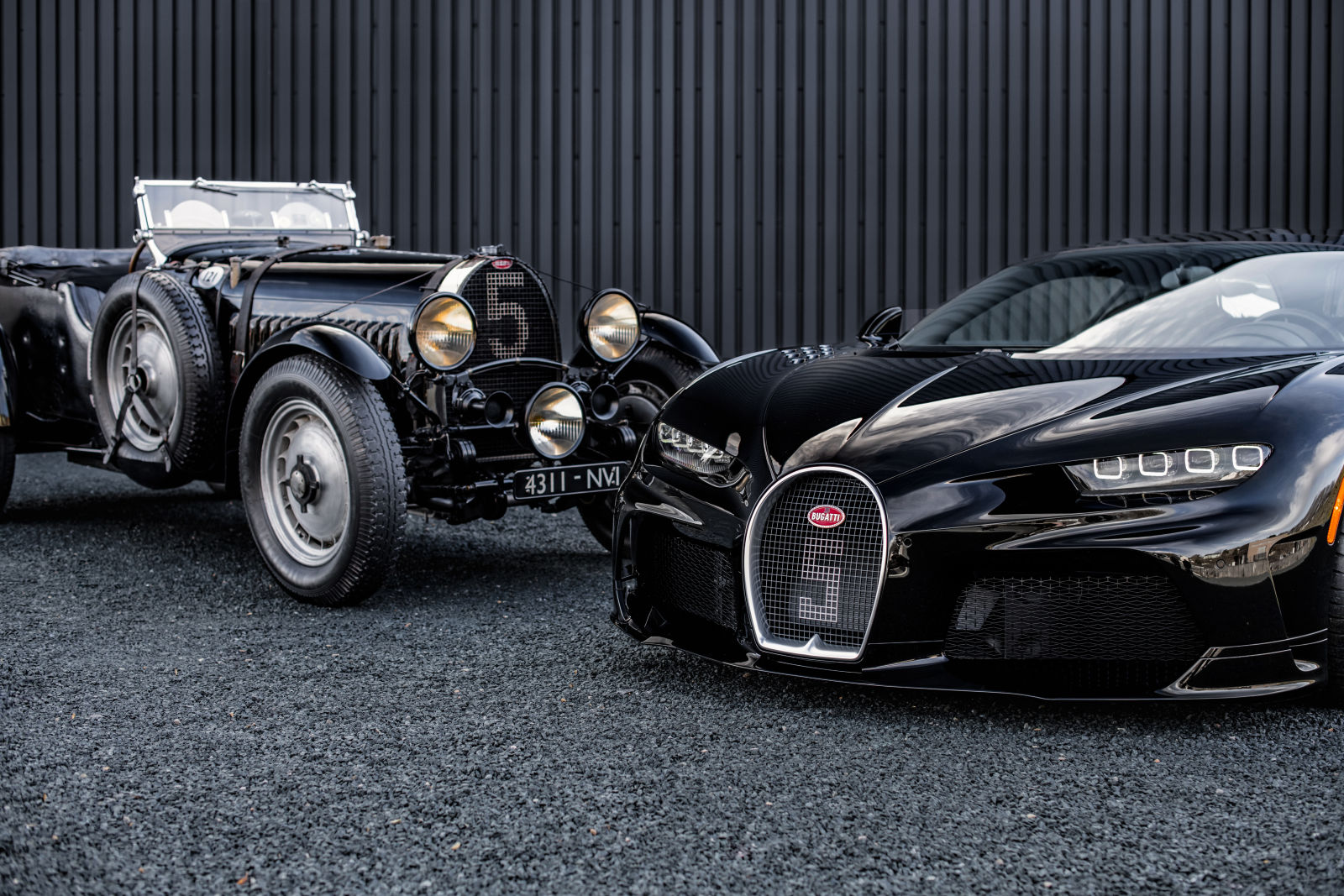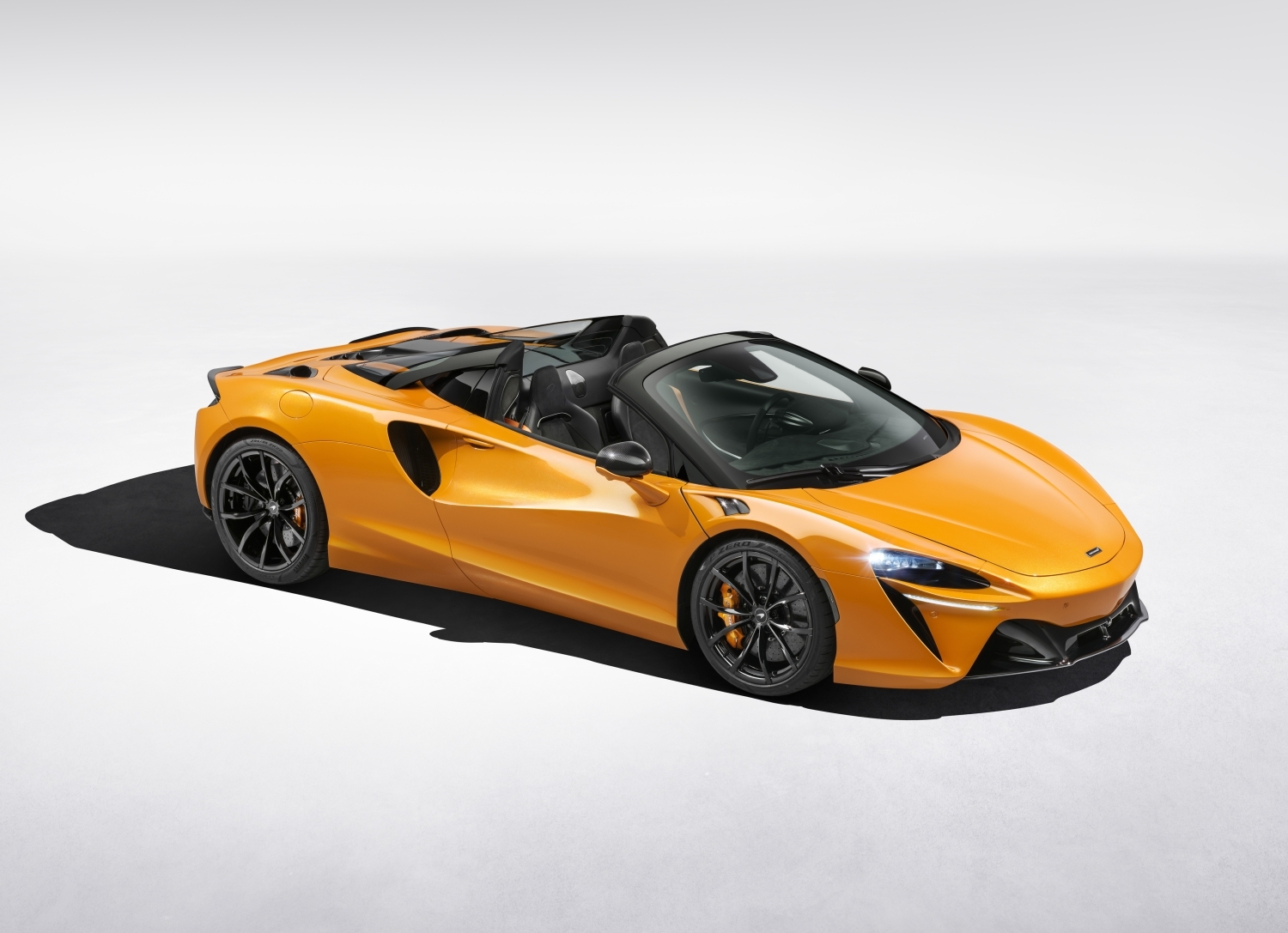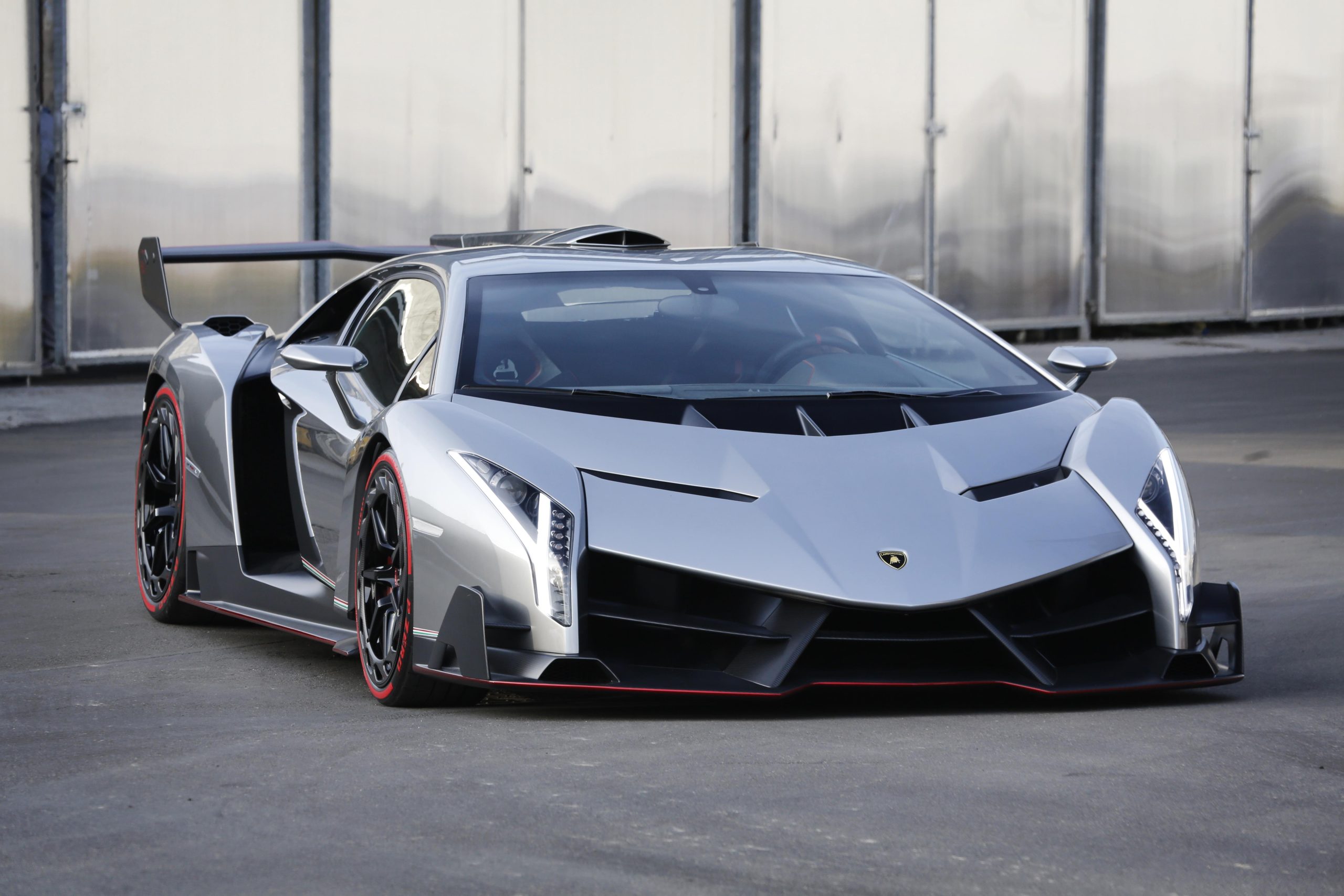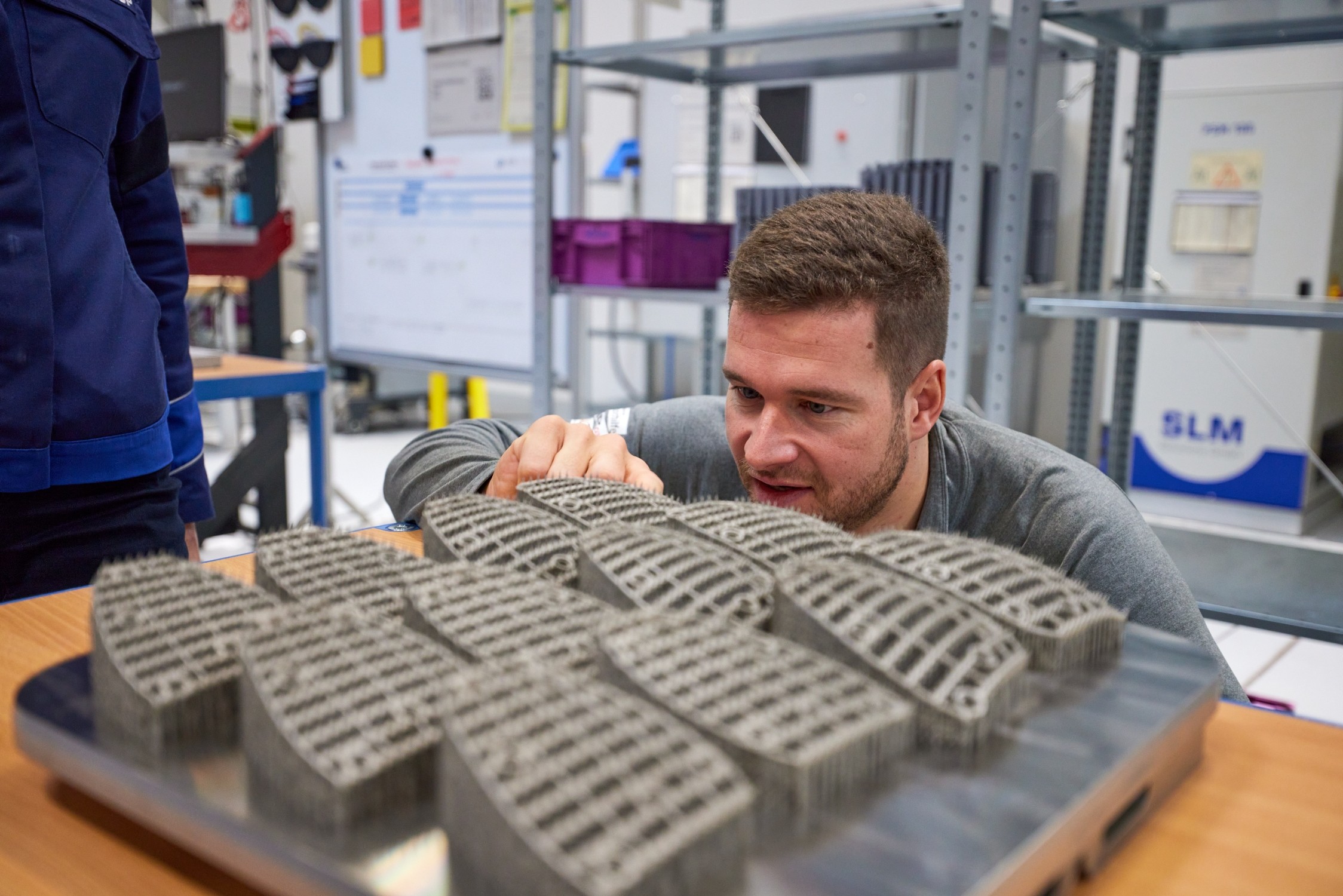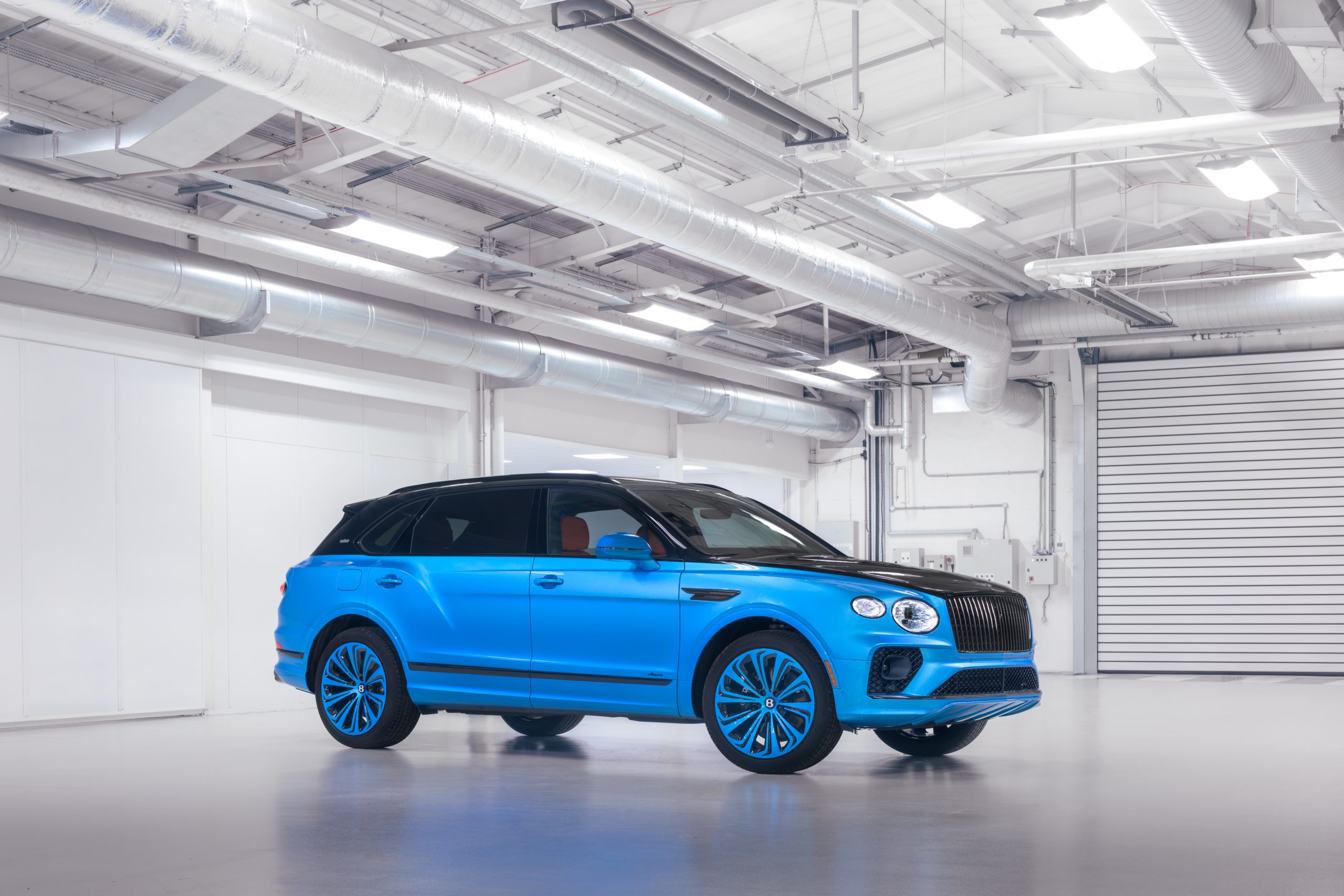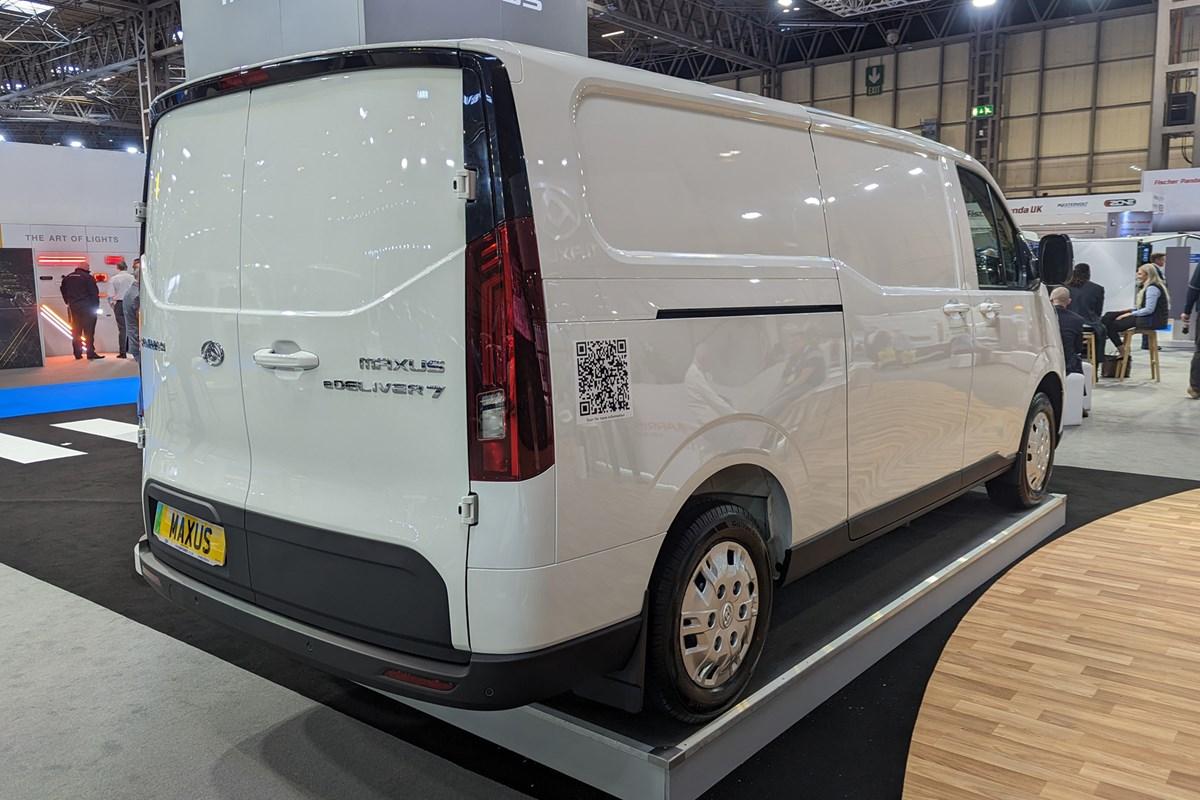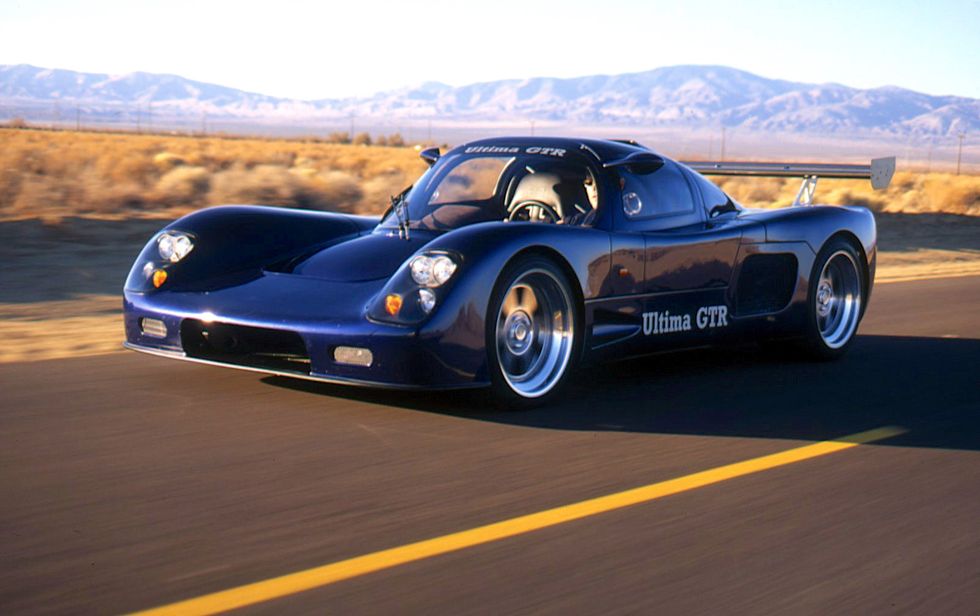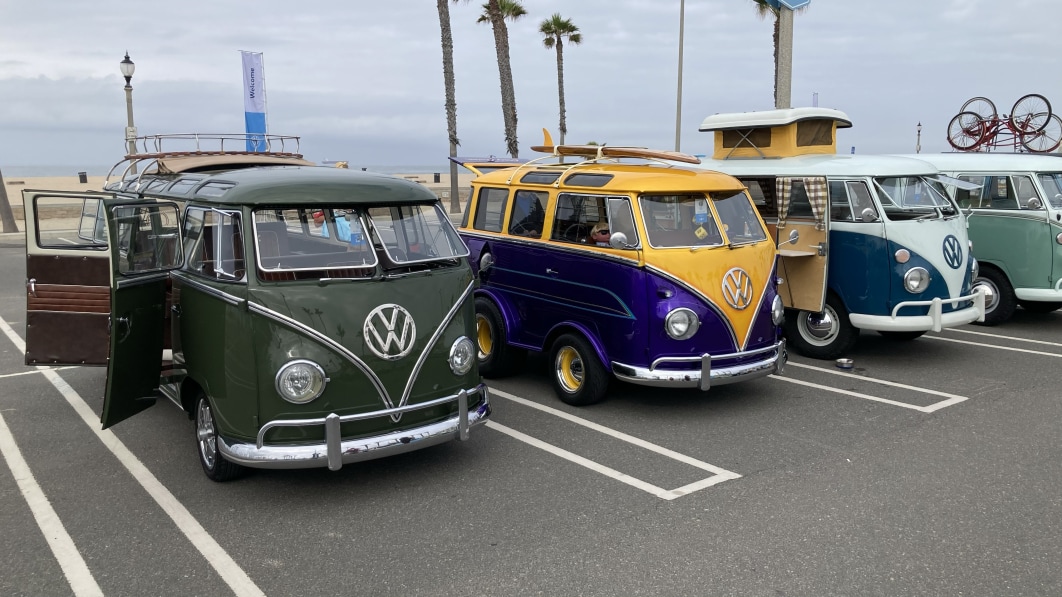Volkswagen introduces advanced Over-the-Air Updates for all ID. models
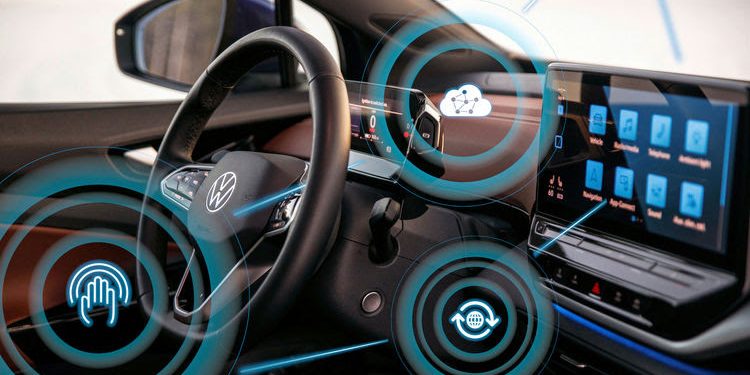
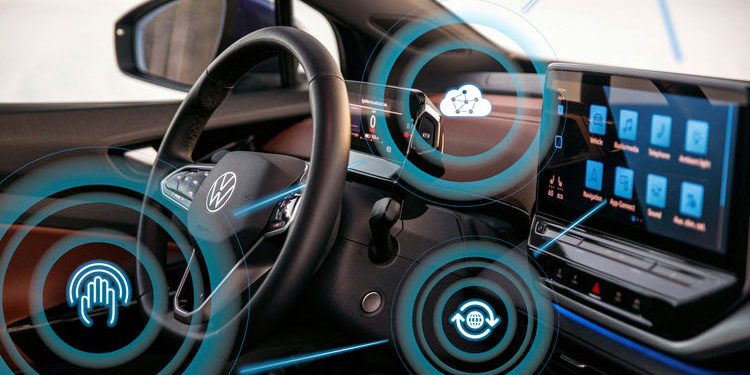
Contents
Over-the-Air Updates: Volkswagen is taking the next big step towards becoming a software-oriented mobility provider with its ACCELERATE strategy.
Effective immediately, all ID. models will receive regular software updates via mobile data transfer. The updates had previously only been available as part of a test phase for customers who had registered with the “ID. First Movers Club”. The “ID. Software 2.3” offers new functions and optimises existing ones. Networking the entire ID. fleet will allow Volkswagen to lay the foundation for new, customer-oriented business models. Thus far, Volkswagen remains the only high-volume manufacturer to provide this technology for its customers.
“Full availability of our Over-the-Air Updates underlines the innovative capacity of Volkswagen and forms the basis for a completely new, digital customer experience,” says Volkswagen CEO Ralf Brandstätter. “At the same time, we are laying the foundation for new digital business models and hitting a key milestone in our ACCELERATE strategy.”
Over-the-Air Updates as the basis for new business models and additional revenue
In future, the company plans to provide its customers with free software around every twelve weeks to keep the vehicles up to date and improve the customer experience. Volkswagen is also aiming to generate increased revenue during the usage phase with new, data-based business models – for services and functions that the customer can now order as required, whenever these are needed. For example, this could be Travel Assist or improved battery performance for long journeys, or even automated driving at a later point in time. Volkswagen sees the potential to generate hundreds of millions in additional revenue over the next few years.

Focus on the customer
The Over-the-Air Updates are being developed in close collaboration with CARIAD, the Volkswagen Group’s software company. “The new updates are a central functionality of the digital, connected car. They will quickly become normal for our customers, in the same way as they have for their smartphones,” says Thomas Ulbrich, Member of the Board of Management for Technical Development. “Software development is iterative and fast. We work in short cycles, like a tech company, and provide updates to our customers at correspondingly short intervals.”
Volkswagen also wants to stay in touch with its customers after selling or leasing the car, to provide digital services. “Vehicles that always have the latest software on board can provide an excellent digital customer experience and are therefore of the utmost importance for our future success,” adds Ulbrich. “Thanks to regular updates, the car will not just remain up-to-date – it will become even better.”
Update optimises functions for security and comfort
Some of the new functions affect the ID. Light, a light strip at the bottom of the windscreen. It now gives the driver information that can provide intuitive support for energy-saving driving, and when driving with the automatic distance control system “Active Cruise Control” (ACC). Image processing has also been improved for the multifunction camera, allowing it to recognise motorcycles and other road users even more swiftly. The same applies when driving in the dark. If installed, dynamic main beam control allows even more precise headlight regulation. The graphics on the central infotainment display become calmer and clearer, with more intuitive operation – showing how Volkswagen reacts to feedback from the first ID. customers.
The digital customer experience is becoming a focal point for all development steps for products and services across the entire vehicle lifecycle. As part of the ACCELERATE strategy, Over-the-Air Updates lay the foundation for new business models and customer-centric product optimisation.
WATCH: Volkswagen introduces Over-the-Air Updates for all ID. models
- ID.3 – combined power consumption in kWh/100 km (NEDC): 15.6-13.1, CO2 emissions in g/km: 0; efficiency class: A+.
- ID.4 – power consumption in kWh/100 km (NEDC): combined 17.5-15.5; CO2 emissions in g/km: 0; efficiency class: A+.
- ID.4 GTX – combined power consumption in kWh/100 km (NEDC): 18.2-16.3, CO2 emissions in g/km: 0; efficiency class: A+.
You may also be interested in: Is There Such a Thing as a Best Time to Buy a New Car?: 3 Points to Consider

